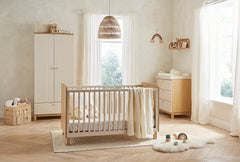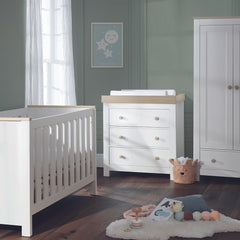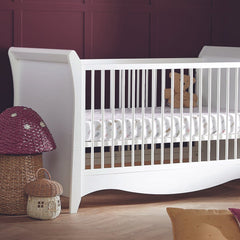Looking for something specific?
Take a look at our blog categories and get the advice and guidance you need!
Baby Weaning & Recipes
becoming a parent is one of the greatest things in life, but it can also be one of the scariest! the uncertainty of what parenthood will bring can spook anyone, but we hope to calm those nerves with a little advice from the experts.
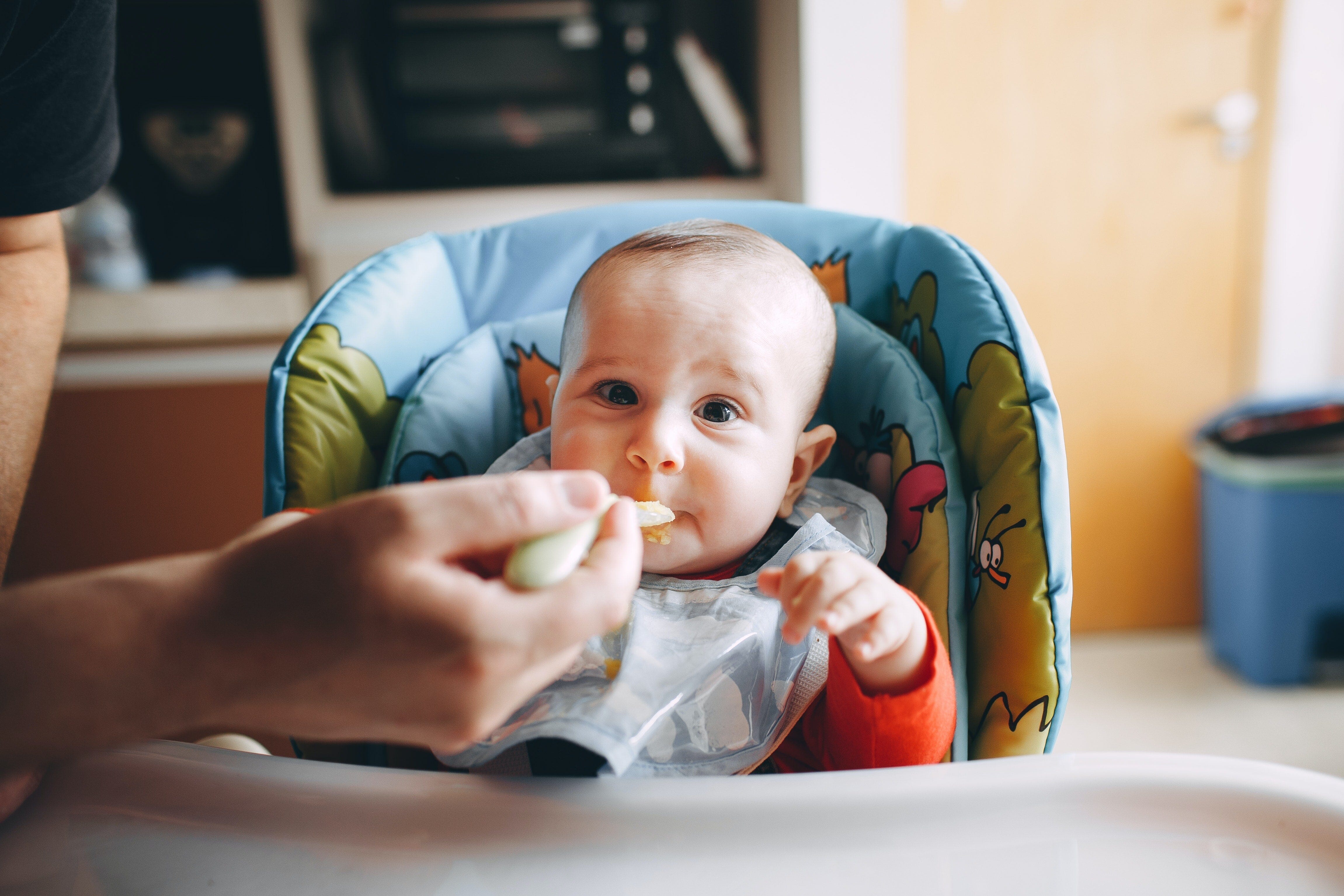
Starting to wean your baby can be overwhelming for both you and your little one. You might have lots of worries and questions about how to get started or what method is best. Paediatric Dietitian, Kat Martinez-Thomas, has written a guest blog post that will help you start your weaning journey with confidence.
One of the main questions parents have when it comes to weaning is exactly HOW to start. It can be quite overwhelming when looking on the internet, especially with the rising popularity of “baby-led weaning” in recent years.
This blog will cover the differences between traditional and baby-led weaning, as well as the pros and cons of both methods, and highlight what to consider when starting your baby on solid foods.
What is baby-led weaning?
Whilst traditionally babies have been offered pureed food at the start of weaning, baby-led weaning means skipping the purees and offering finger foods instead. The idea is that the baby is in control of what, and how much, they eat, rather than being fed by an adult – hence the term “baby-led.”
What are the benefits of baby-led weaning?
There are many benefits to baby-led weaning, including:
- Allowing the baby independence and autonomy over what they’re eating – this can also help them to follow their own appetite from early on
- Learning to experiment with a wider variety of textures more quickly, and developing skills to pick up food, bring it to their mouth, chew and swallow
- Easier for babies to be involved in family mealtimes and be exposed to more family style foods
- Easier preparation for parents as they can feed baby the same foods they are eating
Are there any cons to baby-led weaning?
One of the main worries parents have with baby-led weaning is around choking. The current research doesn’t show any increased risk of choking from babies that are following a baby-led weaning approach.
Being exposed to a variety of textures as soon as possible, whether through spoon-feeding or finger foods is important to help babies develop and practice the skills needed to become competent eaters.
Some research suggests that babies who follow baby-led weaning take in LESS nutrition at the beginning, as they learn the skills to eat competently. Whilst milk continues to be a main source of nutrition, there are some nutrients, particularly iron, which are important to get from food. Offering plenty of variety of iron-rich foods such as meat, fish, eggs, beans, pulses, nuts and seeds can help to ensure babies get plenty of opportunity to maximise the nutrition from their food.
What about traditional weaning?
Traditional weaning involves spoon-feeding babies purees of different foods and gradually progressing through to more lumpy and textured foods. Many parents may feel more confident following this method, particularly at the start of weaning. It can be slightly less messy than baby-led weaning and parents may find it easier to know how much their baby has eaten. This can help parents to feel comfortable that their baby is getting certain nutrients, such as iron.
Spoon-feeding babies purees can mean it takes longer for them to become involved in family mealtimes, as it’s more difficult to share a meal when feeding your baby at the same time. It can also mean that babies are exposed to less variety of textures, which is important for them to develop and practice the skills needed for eating.
What is the best way to start weaning?
Ultimately, the weaning style parents choose will depend on a variety of factors. There are pros and cons to both baby-led weaning and spoon feeding, and it’s important that parents feel confident in whichever method they follow for feeding their child. Offering a mix of both finger foods and spoon-feeding can be a great way to allow your baby to explore and experiment.
Whether you’re offering finger foods or purees, it’s a good idea to offer as much variety as possible and really allow your baby to try different tastes and textures. It can be a messy time but try to let your baby experiment as much as possible.
It’s perfectly normal for them to want to get stuck in and use their hands or hold the spoon themselves. The more they can feel in control at the table, the more likely they are to enjoy it and feel confident exploring the food on offer.
Whatever way you choose to wean your baby, try to ENJOY the process as much as possible and focus on making the mealtime a positive experience. There’s A LOT for babies to learn during weaning – they need plenty of opportunity to practice and they’ll all get there in their own time!
About Kat
Kat offers weaning and dietary advice to parents and carers looking for extra support feeding their babies and children. Head over to Kat's website to find out more about the services she offers.
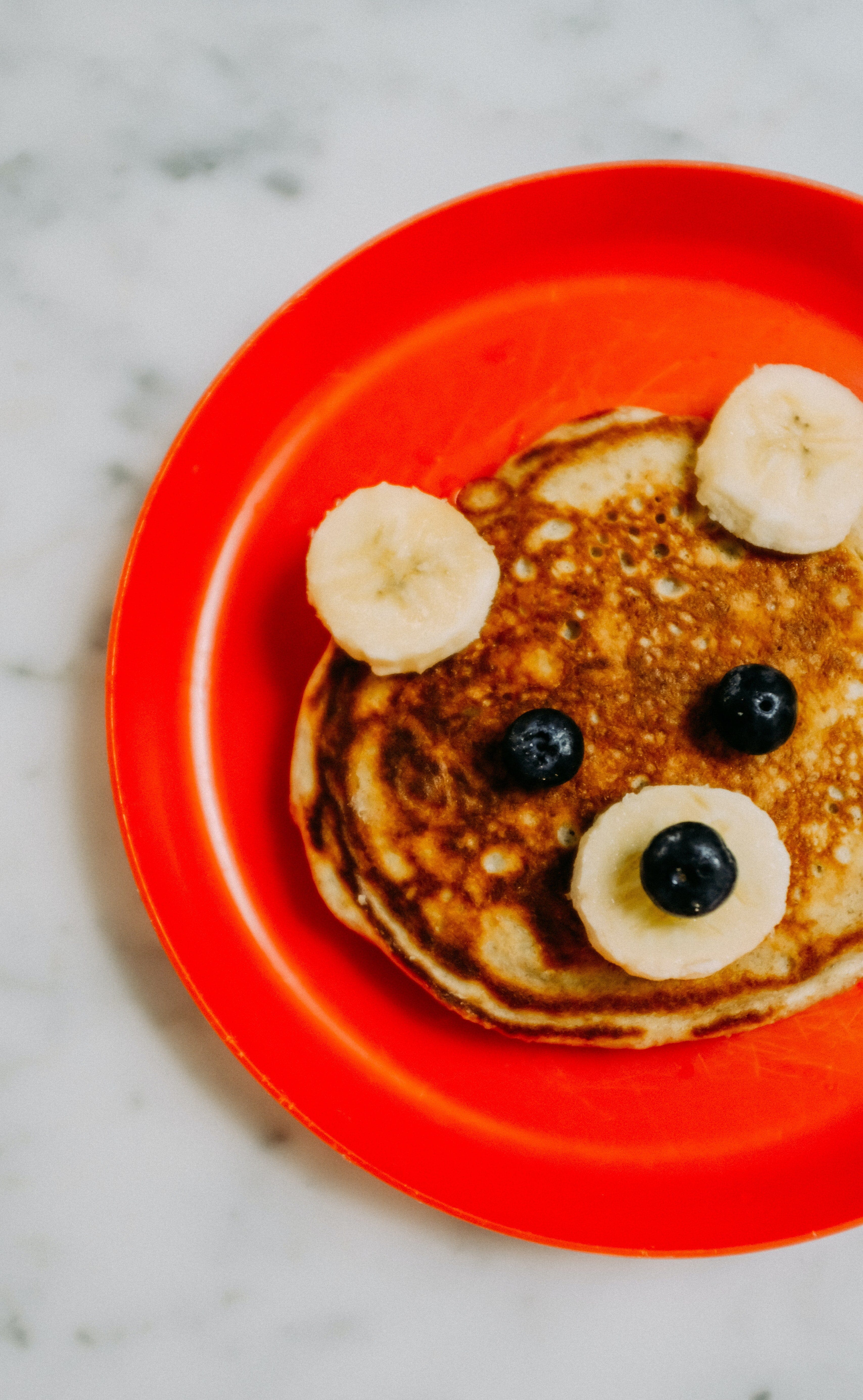
Pancake Day is the perfect opportunity for the whole family to sit down together and enjoy some tasty treats. Paediatric Dietitian, Kat Martinez-Thomas, is here to share with you a quick and easy pancake recipe!
Pancakes are an ideal food for babies, and with pancake day around the corner, I wanted to share a super easy weaning pancake recipe that the whole family can enjoy!
These banana pancakes for baby use simple ingredients but are a bit of a twist on the classic recipe. Oats contain energy, fibre, B vitamins and some protein, making them a nutrient-rich food for babies. The banana adds a little extra flavour and texture to the recipe, as well as extra vitamins and minerals, including vitamin C and potassium.
Serve with a dollop of yoghurt and some fruit for a perfectly balanced meal for your baby. Adding a little nut butter, if your baby has tried it before, would be ideal, too!
When can my baby have pancakes?
Pancakes are a great finger food for baby right from early on in their weaning journey. Once baby has started to experiment with different textures, these pancakes are nice and soft and can be cut into ideal shapes for baby to grab hold of to bring to their mouths. They’re a perfect baby-led weaning food – even for parents who may be a little more anxious about offering finger foods.
A note on allergies
This recipe includes eggs, milk and oats – all of which are potential allergens. Make sure your baby has had all of those ingredients before offering them these pancakes. For more on allergens, you can check out the NHS website.
Ingredients

- 1 large banana
- Half a cup of oats
- 75ml milk of choice (see NHS advice on Milk here)
- 1 free range egg
- Sprinkle of cinnamon (optional)
Method
- Simply add all of the ingredients to a blender and blend until you have a batter consistency
- Heat some oil in a pan on a medium heat. When hot, turn the heat down and add around 1 and a half tbsp of batter into the pan – add as many as you can fit with a little room to flip (Keep the heat low to avoid the outside burning)
- Watch them carefully and flip once browning on one side. Use a knife to gently check that they’re cooked all the way through
- Continue until you’ve used up all of the batter – you may need to add extra oil in between cooking
- Cut into strips and enjoy!

About Kat
Kat offers weaning and dietary advice to parents and carers looking for extra support feeding their babies and children. Head over to Kat’s website to find out more about the services she offers.

The start of the weaning journey can be an overwhelming time for both parents and baby. There are many worries parents share when approaching the weaning stage. However, most of these concerns have logical answers.
The most common anxieties parents share are surrounding their baby’s safety. For instance, how to tell the difference between gagging and choking is a fear for many. This is why this Child Safety Week, we want to give you an introduction to safe weaning and address any doubts you may have before you and your baby start the weaning journey.
What is Weaning?
Weaning is the introduction of solid foods alongside your baby’s usual breast milk or first infant formula. Solid foods are usually introduced around 6 months of age.
What is Baby Led Weaning?
Baby-led weaning is where you allow your baby to feed themselves rather than spoon-feeding them. You offer them a selection of foods to choose from themselves.
Weaning Essentials
-
High Chair – your baby needs to learn from an early age that they must be sat down when eating so that they can swallow their food properly. Always make sure that they are sat upright and strapped in. Remember, never leave your baby unattended when eating.
-
Muslin Cloths – you will probably already have plenty of these from when your baby first arrived. But these will also come in handy during spoon-feeding to clean up any spills or sick.
-
Bibs – weaning can get messy. So plastic bibs are the best for the beginning.
-
Plastic bowls – that have individual compartments are ideal to keep different flavours and textures separated. You should also opt for bowls with a suction pad to avoid any accidents.
-
Soft spoons – that are safe for your baby’s gums.
Introducing New Textures
When planning what meals to feed your baby, you should consider the size, shape and texture of the food you will be serving them. It is important to keep in mind that some babies may need smooth or blended foods to start with until they get used to new textures.
However, don’t worry if your baby refuses lumpy textures at the beginning. The NHS encourages you to keep offering your baby lumpy textures. They will get used to them eventually. The introduction of lumpy and mashed food alongside finger foods is essential. It helps your baby learn to chew, move solid food around their mouth and swallow.
Be Patient
Remember that patience is key when introducing your baby to new foods. Eating is a whole new skill for them, and you should always go at your baby’s pace.
How to Serve Food Safely
Hygiene
Babies are highly vulnerable to bacteria that can cause food poisoning. Therefore, you need to be extra careful when preparing and storing food for your little one. Basic hygiene, like washing your hands before preparing food. Should always be followed. But if you need a knowledge refresh, take a look at the BBC Good Food guide to safely preparing and storing food here.
Preparing Food
The main worry mums have when weaning their baby is the risk of choking. Choking can happen at any time with any food. But certain foods, such as small round foods, firm foods and foods with bones, can present a higher risk.


DO
- Remove hard pips and stones from fruit.
- Cut food into narrow batons.
- Avoid round shapes.
- Try grating, mashing, steaming or simmering firm fruits.
- Remove the skin on fruit, vegetables and meat.
- Remove all bones from meat or fish.
DON’T
- Do not give whole nuts to children under 5 years old.
- Do not give babies and young children boiled, hard, gooey or sticky sweets.
- Do not give popcorn to babies and young children.
- Do not give babies chewing gum or marshmallows.
For a full list of foods to avoid read the Start 4 Life safe weaning guide here.
Family Mealtimes
During mealtimes, you and your family members should all sit down together as much as possible. Mealtimes are the perfect opportunity for your baby to observe how you eat. By acting as good role models when eating, they can learn from the beginning how to eat safely. Babies copy their parents and other children, so it is important that you are a positive influence. You can do this by sitting upright, breaking your food up and chewing properly.
Gagging
It is normal for your baby to gag when you introduce them to solid foods. As we mentioned earlier, eating is a whole new skill for them. It will take them time to learn how the regulate the amount of food they can chew and swallow at one time.
Further Information
For more information regarding how to know when your baby is ready to wean. Or how to tell the difference between gagging and choking. You can visit the NHS website. You can also ask a health professional for support.
check out our latest articles
Etta vs. Marley: The Ultimate Nursing Chair Showdown
Spoiler alert: everyone wins (especially you and baby). When it comes to setting up your nursery, there’s one hero piece that often gets overlooked...
read moreA Sleep Solution That Grows With Your Family: Discover CuddleCo’s Cot Beds
Creating the perfect nursery is a beautiful part of preparing for a new arrival. From choosing calming colour palettes to picking out those first...
read moreMeet Shush Consultancy – Certified Child Sleep Consultant
Whether you're in the thick of sleepless nights or just looking to create healthy sleep habits, these gentle, practical suggestions are designed ...
read moreFrom Baby Shower to Nursery: Styling with CuddleCo's Essentials
Planning a baby shower or nesting party is a joyous occasion, celebrating the upcoming arrival of your little one. While balloons and banners add...
read moreTips for Getting a Good Night’s Sleep During Pregnancy
Sleep – that precious luxury. Before pregnancy, you probably drifted off without a second thought. But as your body changes, your bump grows, and...
read moreWe’re Now Online at John Lewis! A Big Moment for CuddleCo.
We’ve got some very exciting news to share — CuddleCo is now officially live at JohnLewis.com! As one of the UK’s most beloved and trusted re...
read moreNursery Checklist: The Essentials You'll Need
You won’t be surprised to learn that having a baby comes with a lot of new “stuff” that you never needed previously. But it can be hard to work o...
read moreHow to Choose the Right Cot Bed For Your Baby
Though it might not seem like it to sleep-deprived mothers, babies sleep most of the time during their first two years of life. This means that the...
read more







